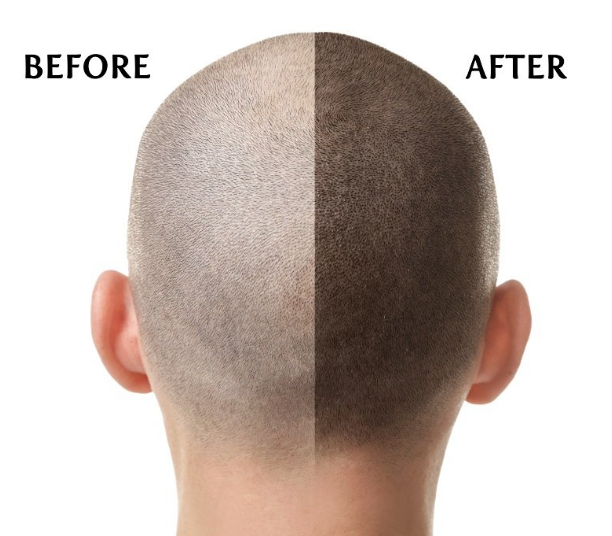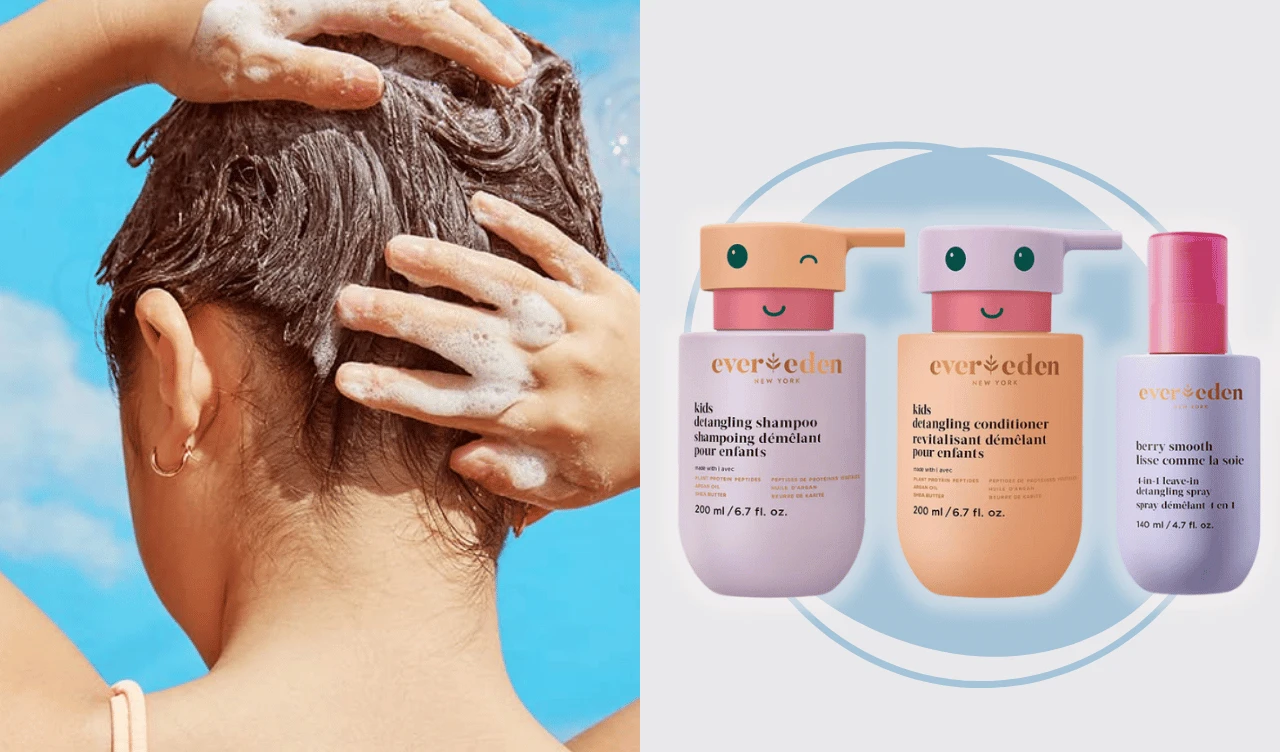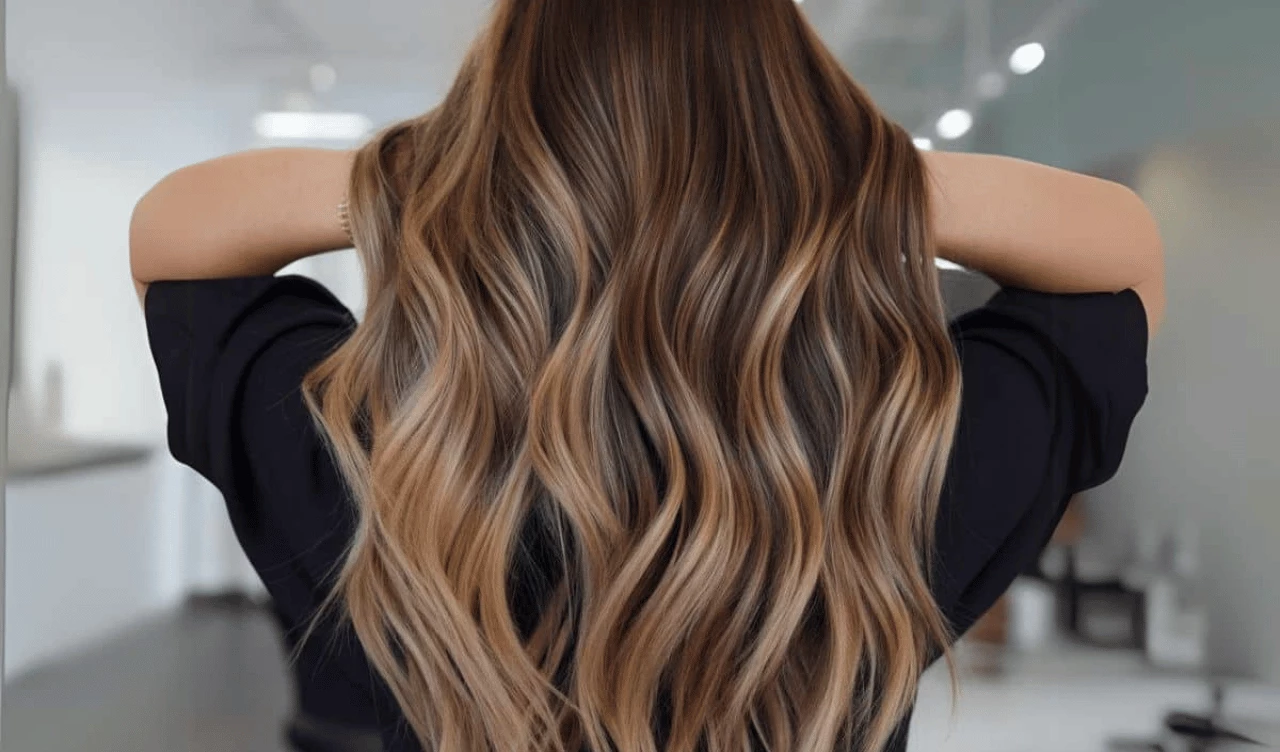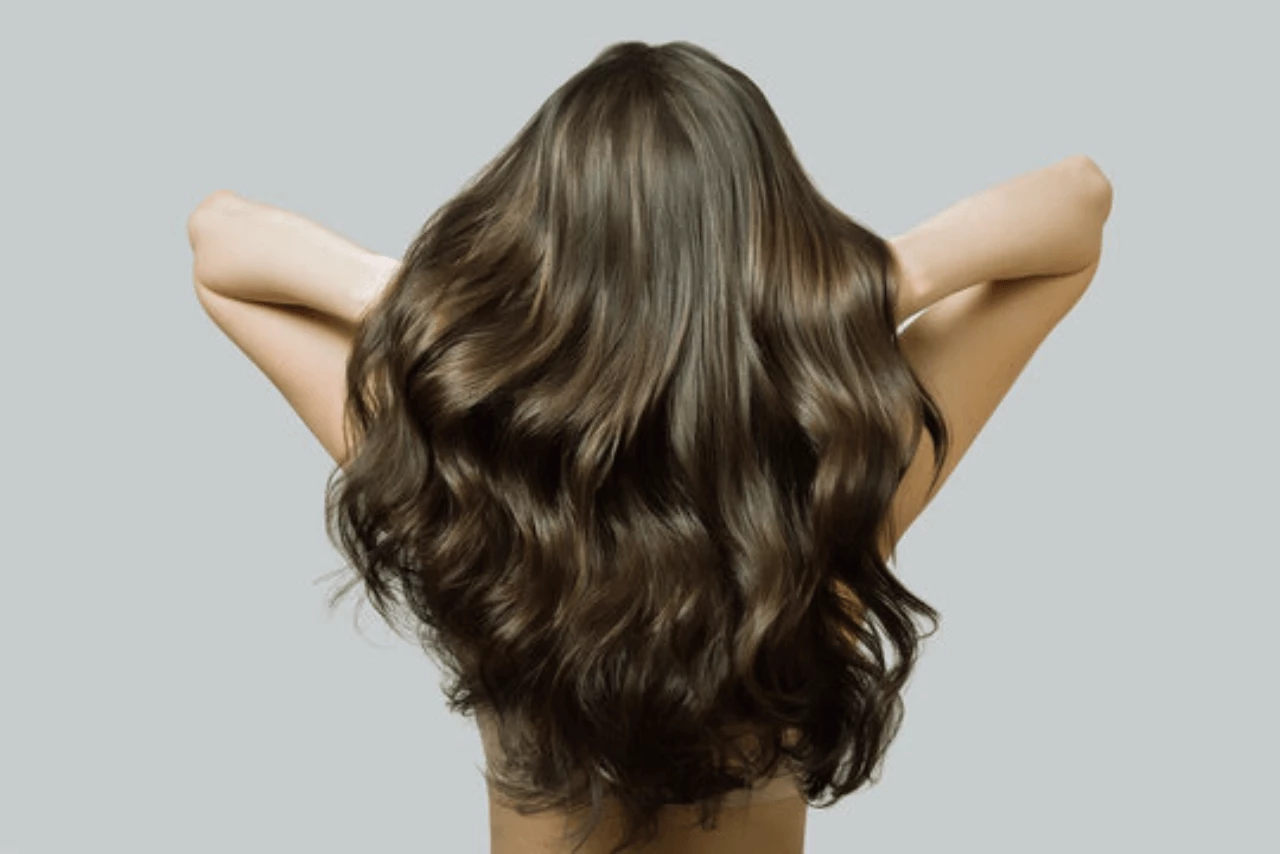Scalp Micropigmentation (SMP): All You Need To Know Before You Go

Hair loss can be a source of insecurity and embarrassment for many people. Fortunately, scalp micropigmentation (SMP) is a cosmetic treatment that can help to address these concerns and provide the appearance of fuller, thicker hair.
What Is Scalp Micropigmentation?
Scalp Micropigmentation (SMP) is a popular and non-invasive cosmetic treatment that has been gaining attention in recent years. It is an effective solution for those who suffer from hair loss or have thinning hair. The procedure involves the use of small needles to deposit tiny dots of pigment on the scalp, creating the appearance of a full head of hair. SMP is a highly precise and detailed process, and the results can be incredibly realistic. Many people who have undergone SMP have reported feeling more confident and self-assured, as the treatment can help to restore a more youthful and vibrant appearance.
How Does Scalp Micropigmentation Work?
Scalp micropigmentation (SMP) is a cosmetic procedure that involves applying small, tattoo-like dots to the scalp to create the appearance of a closely shaved head.
The pigment used in SMP is a cosmetic-grade, permanent ink that is safe for use on the scalp. It is formulated specifically for the scalp and is designed to resist fading over time. The ink is applied in layers to create a natural-looking effect, with the color and density of the pigment being carefully matched to the patient's hair color and skin tone. SMP is a relatively quick and straightforward procedure, with most treatments taking only a few hours to complete. The recovery time is minimal, and patients can return to their normal activities the following day.
SMP can benefit a variety of individuals, including those with alopecia areata, chemotherapy-induced hair loss, hormonal disorders that result in hair loss, male pattern baldness, receding hairlines, thin hair or scalp show-through, and scars or birthmarks on the scalp.
Alopecia areata is an autoimmune disorder that causes hair loss on the scalp and other parts of the body. Chemotherapy hair loss is a common side effect of cancer treatment, and hormonal conditions such as thyroid imbalances can also lead to hair loss. Male pattern baldness is a hereditary condition that affects many men, while receding hairlines and thin hair are common issues for both men and women.
Does Scalp Micropigmentation Grow Hair?
It is important to note that SMP does not grow hair or affect natural hair growth. It is not a hair loss treatment, nor does it cause hair loss or damage existing hair follicles. The primary purpose of SMP is to provide the appearance of thicker, fuller hair.
Before SMP Treatment
- Wash your hair and scalp before the procedure.
- A skilled SMP technician will identify the areas of your scalp that need treatment.
- If you're bald, you and your technician can create a hairline that suits your facial structure, age, and head shape.
- You'll select pigments that match your hair color.
After SMP Treatment
- There is no downtime after the procedure, and you can immediately return to your daily life.
- You may experience some redness on the scalp, which usually lasts several hours.
- You can wear a hat or scarf to cover the treated area if you prefer.
- SMP creates a natural, hair-like appearance on your scalp, which can restore your confidence and make you feel better about your appearance.
- SMP can also help to restore the appearance of your hairline, making it look fuller and more defined.
- Most people require three or more treatments spaced several weeks apart to achieve the best results.
Benefits of SMP
- Lower cost than hair transplantation surgery.
- Less pain and non-invasive procedure.
- No downtime required.
Risks of SMP
- Allergic reactions to the cosmetic pigments.
- Infections from unsterilized needles.
- Unnatural or undesirable appearance after treatment.
- Risks associated with choosing an unlicensed or inexperienced practitioner.
Precautions to Take
- Choose a licensed SMP technician.
- Ask to see before and after photos of their work.
- Discuss any allergies with the technician before undergoing the procedure.
Recovery and Outlook
After receiving treatment, it's recommended to avoid certain activities for a few days. Please see below for a list of activities to avoid:
- Getting your scalp wet.
- Doing heavy exercise.
- Taking hot showers or steam baths.
- Exposing your scalp to the sun.
- Sweating.
- Being in a hot environment.
Cost of SMP
The cost of SMP varies depending on the size of the treatment area, with each treatment typically ranging between $400 and $1,000. SMP is considered semi-permanent, with the effects lasting up to eight years, after which the treated area will fade over time since all skin naturally exfoliates itself. However, the color may lighten, but it will only change if an incorrect pigment is used. If you have very dry skin, fading is likely to happen more quickly.
Conclusion
In conclusion, SMP is a safe and effective cosmetic treatment designed to provide the appearance of fuller, thicker hair. By choosing a licensed technician and taking the necessary precautions, you can minimize the risks and enjoy the benefits of this innovative procedure.















